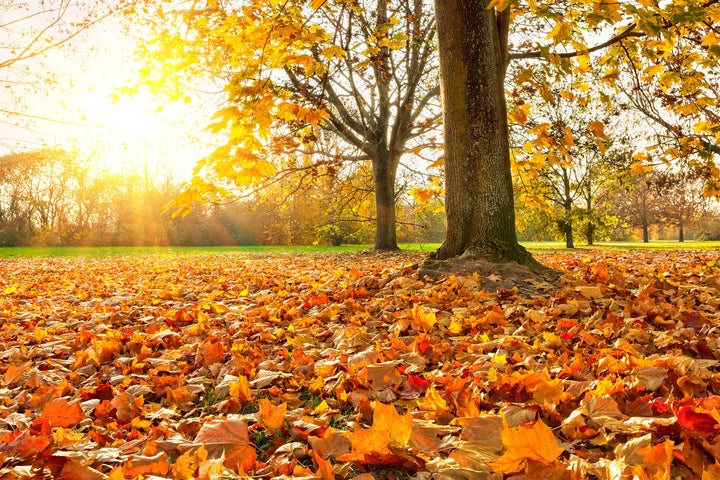
Trees help address climate change by absorbing carbon dioxide from the atmosphere and storing carbon in tree roots, trunks, and branches. Urban forests provide additional positive environmental, health and community benefits. Trees help reduce energy usage in urban areas by shading buildings and paved surfaces. They improve local air quality, reduce pollution and improve health by absorbing hundreds of pounds of particulate matter that would otherwise wind up in our lungs. Trees also manage stormwater runoff, raise property values, and improve quality of life.
Cities, universities, and utilities can now derive an important additional benefit from trees. They can earn carbon offset credits by planting and maintaining trees in public and private urban areas, including in parks, along streets and greenbelts, on campuses, in transmission rights-of-way and in parking lots. The California Air Resources Board (ARB) Urban Forest Protocol, which was developed by the Climate Action Reserve, provides guidelines for measuring carbon stored in urban forest offset projects. To qualify, urban forest projects are required to keep a detailed tree inventory, maintain all trees planted and replace any tree that dies.
Here are three things you should know about successful urban forest carbon offset projects:
- Location, location, location
Strategic planting of urban trees can achieve additional emissions reductions on top of increased carbon storage. Trees located around buildings provide shade which can reduce air conditioning use, lowering greenhouse gas (GHG) emissions associated with electricity consumption.
The location should provide plenty of room for trees to grow both above- and belowground. Trees need ample space for root growth to maximize carbon dioxide (CO2) sequestration and tree longevity without creating safety hazards on sidewalks, in power lines, with visibility, or with sanitation and waste systems.
A successful urban forest should include a diverse assemblage of tree ages and species to promote a continuous canopy cover over time. New trees should be grouped with existing trees that have similar maintenance requirements to minimize irrigation, pruning, fertilization, and weed, pest and disease control programs.
Mortality rates for street and residential yard trees are approximately 10 to 30 percent during the first five years and 0.5 to 3 percent each year thereafter. Tree species that are well suited to their planting site will maximize carbon sequestration and storage. Trees that are not well adapted will grow slowly, show symptoms of stress or die at an early age.
The long-term survival of urban forests will require continuing maintenance and tree care programs, proper organizational and legal frameworks to support project activity, and sufficient financial resources to maintain and monitor the project for many years. Program participants should purchase trees grown to quality standards, provide effective training in tree care practices, enforce ordinances to protect project trees, and implement tree care agreements.
Consistent with Intergovernmental Panel on Climate Change guidelines, the carbon must be stored for a minimum of 100 years to be considered a permanent offset for GHG emissions. So, carbon stored and credited from trees planted in 2012 must remain stored until 2112. If a tree dies due to a disturbance such as vandalism or is removed to make way for redevelopment, the stored carbon is reversed and the tree must be replaced within one year.
The right tree in the right location with a healthy maintenance plan can achieve great and long-lasting climate benefits. In addition to carbon sequestration, trees reduce building energy use, provide air and stormwater quality improvements, control runoff, conserve water, provide conservation education, revitalize neighborhoods, provide job training and recycle green waste. Also, tree residue can replace fossil fuel sources, such as coal, in bioenergy plants to further reduce GHG emissions. And when part of an urban forest carbon offset project, the trees will be earning carbon credits and providing enduring financial benefits to the community.
When the total value of the benefits of trees is assessed, it can be two to six times greater than the costs for their planting and care, according to U.S. Forest Service research.